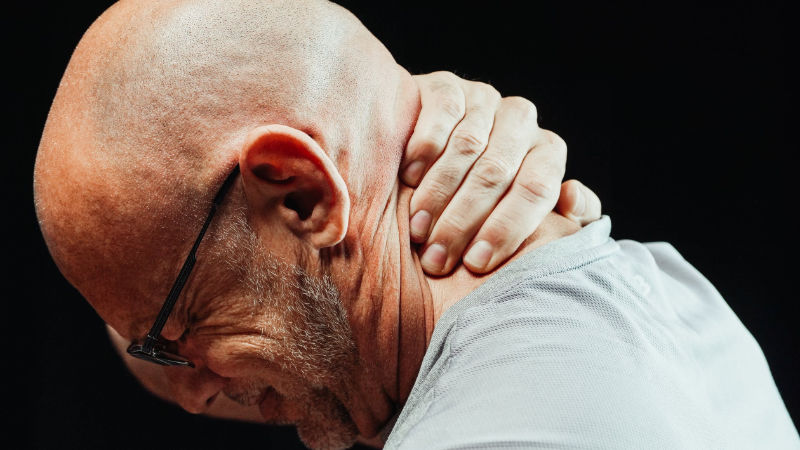Spiraling Down
What I described in the previous section – Yanking the Chain – is, perhaps, what most of us will go through during our lifetime of sitting. Would you like to guess what will happen to John (our hypothetical average sedentary individual) as he goes to college and studies long hours to graduate at the top of his class? What will happen when he gets an internship at the company of his dreams and, later, a job with a promising career growth? You are right. He will sit. He will sit a lot!
Paradoxically, he will learn to feel comfortable in his chair, while, at the same time, always feeling tired of sitting.
He will prefer sitting over standing (or anything else that makes him get out of his chair, for that matter). The vicious cycle of physical and neural adaptations will be reinforced over the years, and he will spiral down to early infirmity, which we often confuse with aging.

By his mid-thirties, he will start visiting a chiropractor with regular complaints about lower back pain and the onset of stiffness in his neck. In his mid-forties, he will opt for steroid injections to ease the pain around one of his herniated disks. He will withdraw from regular physical activities, limiting his exercise to an occasional walk on those rare days when his knees aren’t in pain. By his fifties, his body will be brittle and weak – at least that’s what it will feel like. “Fortunately,” by that time, he will have only 10 more years left until his long-awaited retirement.
When it comes to dealing with physical ailments, we tend to think in a straightforward way, often believing that our problems have one single solution. If our back hurts, then we need a better chair. If our feet hurt, we need custom orthotics. Once again, the main takeaway from this section – perhaps one of the main takeaways from the whole book – is that everything in the body is interconnected. Therefore, it’s often hard to pinpoint the exact origin of your problem and more so, to treat it by addressing one single thing, even for an expert (although many will try).
Your over-pronated feet could be the reason for your back pain or even the pain you feel in your neck and jaw. The weak muscles of your upper back could be the reason for the inflammation and stiffness in your shoulder joints. Your knees may ache not because you walked too much one day, but because you don’t move enough every day. You end up wasting your time and money on ineffective solutions. Some of these solutions may help to temporarily alleviate your problem, but, more often than not, they replace one problem with another. It’s a live version of a whack-a-mole game, but one where the “mole” may grow and become much greater with time.
Some may argue that I’m drawing a very gruesome, dramatic image. I’m sure that others will say I’m holding back. Your personal opinion on this matter will be based on your own life experience. My goal is not to scare you into exercising, but to show you that the little, seemingly insignificant things that we tend to ignore can have dire consequences if left unaddressed. You must learn to recognize and manage them for the sake of your wellbeing, both today and in the future. Besides, it usually doesn’t take much to turn things around, especially if you start early.
This book and its practical follow-up – How to Start Exercising – are a great start. The chapter devoted to self-assessment, for example, will help you to discover and analyze many such issues in detail. The exercise library will give you numerous visual examples, which you will be able to extend – with personal modifications – into a multitude of beneficial movement variations. Remember, however, that these are only guidelines or blueprints, and will be of no value to you if you don’t apply them in practice. Moreover, we all are very unique. It is possible that there is only one person who can completely understand your problems and give you the time and attention needed to deal with them: you. Be mindful, and never stop learning about your body and yourself. This will be your first step to breaking out of the cycle that leads to premature aging and, for some, lifelong unhappiness and suffering.